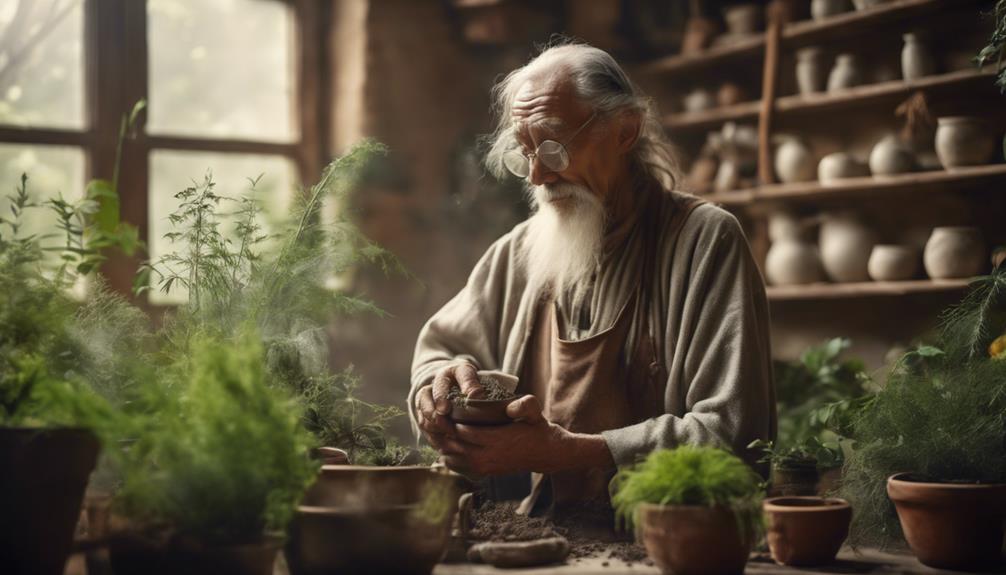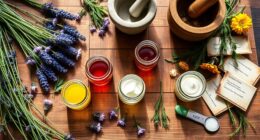As herbalism trainers, we assume the multifaceted role of educators, guiding students in the understanding and application of plant-based remedies, while promoting health, wellness, and environmental sustainability. Our responsibilities include educating students on herbal principles, teaching plant identification techniques, and guiding customized treatment plans. We also demonstrate herbal preparation methods, provide ethical sourcing guidance, and develop curriculum and lesson plans. Additionally, we mentor students in clinical settings, facilitate herbalism workshops and seminars, and evaluate student progress and competency. As we take on these diverse responsibilities, we'll explore the intricacies of herbalism, and discover the depth of knowledge and skills required to succeed in this field.
Key Takeaways
• A Herbalism Trainer teaches fundamentals of herbalism, including identification, properties, and uses of herbs, to promote health and wellness.
• They develop and guide students in creating personalized treatment plans, considering medical history, preferences, and body's natural healing processes.
• The trainer demonstrates herbal preparation methods, emphasizing safety protocols, proper equipment, and tools to extract active compounds from herbs.
• They emphasize ethical sourcing of herbs, prioritizing responsible cultivation practices, and maintaining natural habitats and biodiversity for long-term sustainability.
• A Herbalism Trainer provides hands-on training sessions, empowering students with practical skills in identifying, preparing, and administering herbal remedies.
Educating Students on Herbal Principles
We teach students the fundamentals of herbalism, covering the identification, properties, and uses of various herbs and plants to promote health and wellness. As herbalism trainers, we're committed to educating students on the principles of herbal medicine, empowering them to make informed decisions about their health.
We delve into the world of herbalism, exploring the different types of herbs, their medicinal properties, and how they can be used to prevent and treat various health conditions. Our students learn how to create personalized herbal plans tailored to individual needs and goals, taking into account potential interactions with other medications and proper dosages.
Teaching Plant Identification Techniques
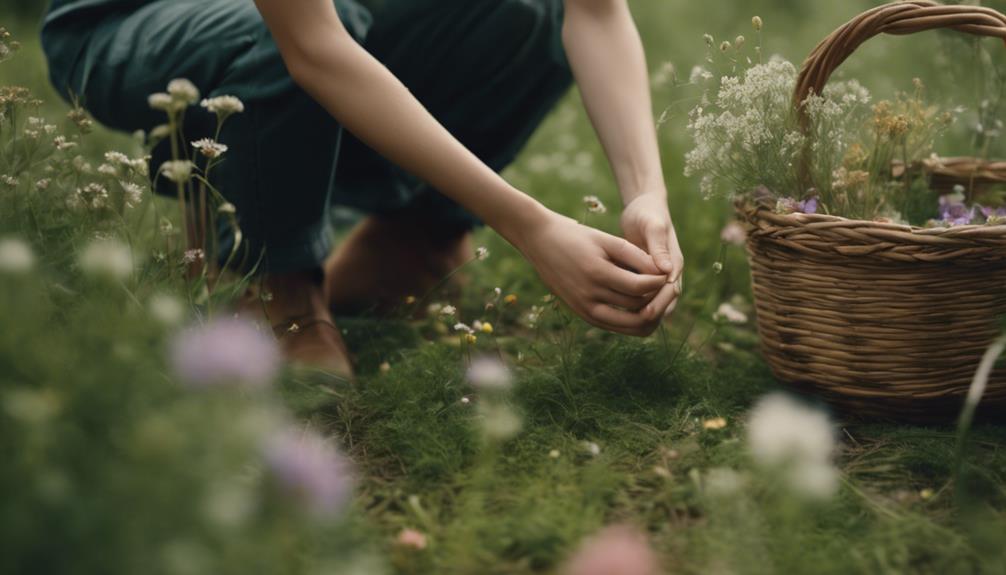
As herbalism trainers, we recognize the importance of teaching plant identification techniques to our students.
To achieve this, we focus on three key areas:
- Observing plant characteristics.
- Identifying plant families.
- Examining plant habitats.
Observing Plant Characteristics
By developing a keen eye for detail, herbalism trainers empower students to discern between seemingly identical plants by observing and understanding the unique characteristics of each species.
As we teach plant identification techniques, we emphasize the importance of observing plant characteristics, such as leaf shape, color, texture, and scent. We show students how to recognize key features like flower structure, root systems, and growth habits for accurate plant identification.
By studying unique traits like venation patterns and stem structures, students can differentiate between similar-looking plants. We also educate on how environmental factors like soil type, sunlight exposure, and water availability can impact plant growth and appearance.
Identifying Plant Families
Teaching plant identification techniques starts with recognizing the characteristics that define each plant family, which is essential for understanding the medicinal properties and potential uses of different herbs. As herbalism trainers, we emphasize the importance of accurate plant identification, as it's vital for safe and effective herbal remedies. To achieve this, we teach our students to observe and recognize key features that distinguish plant families.
Here are some essential techniques we focus on:
- Leaf shape and structure: Understanding the shape, size, and arrangement of leaves helps identify plant families.
- Flower structure and color: The shape, size, and color of flowers provide valuable clues to a plant's identity.
- Growth patterns and habitats: Observing how plants grow and thrive in different environments helps narrow down their identity.
Examining Plant Habitats
We explore the nuances of plant habitats, uncovering how soil types, sunlight exposure, and water sources influence a plant's identity. As herbalism trainers, we emphasize the importance of examining plant habitats to guarantee accurate identification of medicinal plants.
We teach our students to observe how plants adapt to their environment, noting patterns in leaf shapes, flower characteristics, and growth patterns. By analyzing environmental factors like elevation, climate, and seasonal changes, our students learn to distinguish between similar-looking plants.
Understanding plant habitats is vital for herbalism practitioners, as it enables them to safely and effectively use medicinal herbs for health and wellness purposes. We stress the significance of mastering plant identification techniques, which involves recognizing the unique characteristics of plants in their natural habitats.
Guiding Customized Treatment Plans
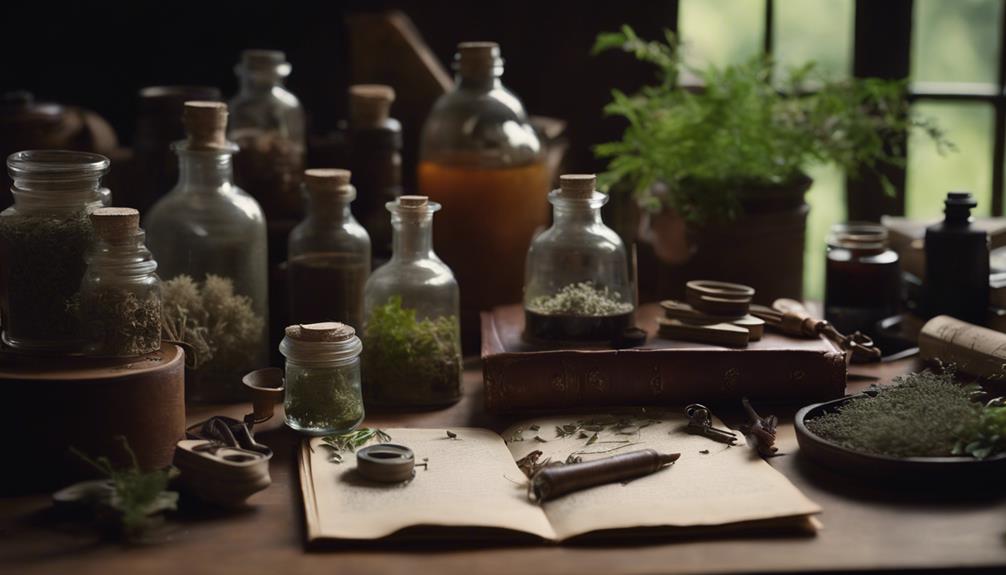
As we work with clients, we develop personalized treatment plans that address their unique health concerns and goals. These customized plans are designed to support the body's natural healing processes and promote overall well-being. We consider factors like medical history, current health status, and individual preferences when designing treatment plans that are tailored to each client's needs.
Our approach is rooted in complementary and alternative medicine, focusing on holistic practices that work in harmony with the body. We may recommend specific herbs, dietary changes, lifestyle adjustments, and other holistic practices to support our clients' health goals.
Here are some key aspects of our customized treatment plans:
- Holistic approach: We consider the whole person – physical, emotional, and spiritual – when designing treatment plans.
- Personalized recommendations: We provide specific guidance on herbs, nutrition, and lifestyle changes tailored to each client's needs.
- Ongoing support: We work closely with clients to monitor progress, make adjustments, and provide ongoing support throughout their health journey.
Demonstrating Herbal Preparation Methods
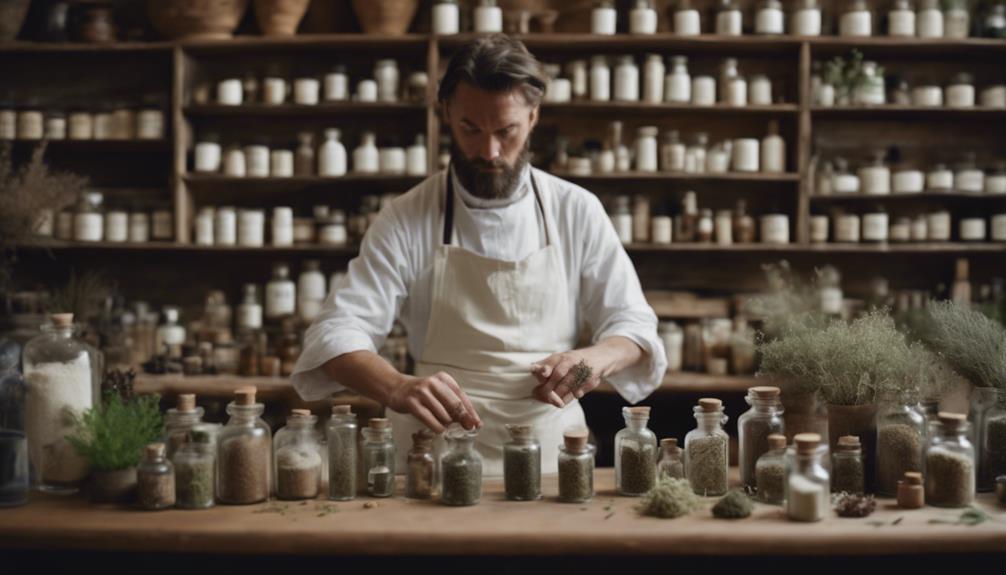
As herbalism trainers, we're responsible for demonstrating herbal preparation methods to our students. This involves preparing herbal remedies, such as teas, tinctures, and poultices, while emphasizing safety precautions to guarantee our students understand the importance of handling herbs correctly.
Preparing Herbal Remedies
Demonstrating herbal preparation methods, we teach students how to harness the medicinal potential of herbs by extracting their active compounds through techniques such as tea-making, tincturing, and salve-crafting.
As herbalism trainers, we emphasize the importance of using high-quality herbs and following strict hygiene practices during preparation to guarantee the efficacy and safety of the remedies.
To create effective herbal remedies, we show students how to:
- Select the right herbs for specific health concerns, considering factors like potency, flavor, and texture.
- Prepare herbal formulations through various methods, such as decoction, infusion, or maceration.
- Administer the remedies in the most effective way, whether through oral ingestion, topical application, or inhalation.
Demonstrating Safety Precautions
We emphasize the importance of implementing rigorous safety protocols when preparing herbal remedies to prevent accidents and guarantee the quality of the final product. As herbalism trainers, it's our responsibility to demonstrate safety precautions to our students, ensuring they're equipped to handle herbs safely and effectively.
We highlight the use of proper equipment and tools to prevent contamination and accidents. Measuring and mixing herbs accurately is essential to avoid potential allergic reactions or adverse effects. We show our students how to identify potential contaminants or impurities in herbs and how to properly discard them to maintain quality and safety.
Additionally, we instruct on proper storage methods to maintain the potency and effectiveness of herbs over time. By labeling herbal preparations accurately, we prevent confusion and ensure accurate usage. By following these safety protocols, our students can create high-quality, safe, and effective herbal remedies, providing a reliable alternative to conventional medicine.
Providing Ethical Sourcing Guidance
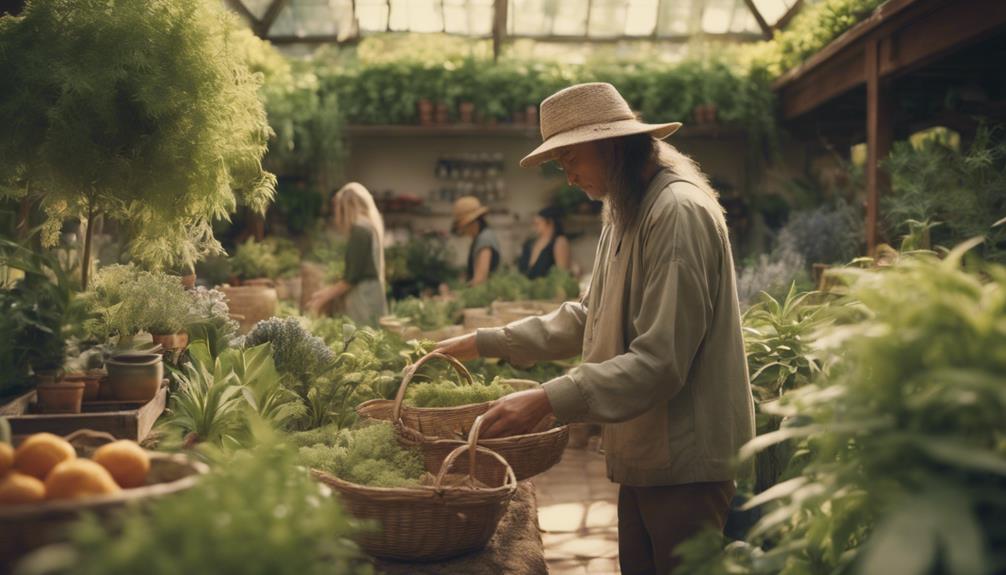
Guiding students on the importance of ethical sourcing, we emphasize that the origins of herbs matter, and verifying their sources is essential to guarantee quality, purity, and authenticity.
As herbalism trainers, we recognize that traditional Chinese medicine, for instance, relies heavily on high-quality herbs. Thus, we teach students to prioritize ethical sourcing to secure the long-term sustainability of herbalism.
Here are key aspects of ethical sourcing we focus on:
- Responsible cultivation: We promote responsible cultivation practices that maintain natural habitats and biodiversity.
- Fair trade practices: We educate students on the importance of fair trade practices to prevent exploitation of local communities and the environment.
- Transparency: We stress the need for transparency in the sourcing process to build trust with clients and uphold ethical standards in the herbal industry.
Leading Hands-On Training Sessions
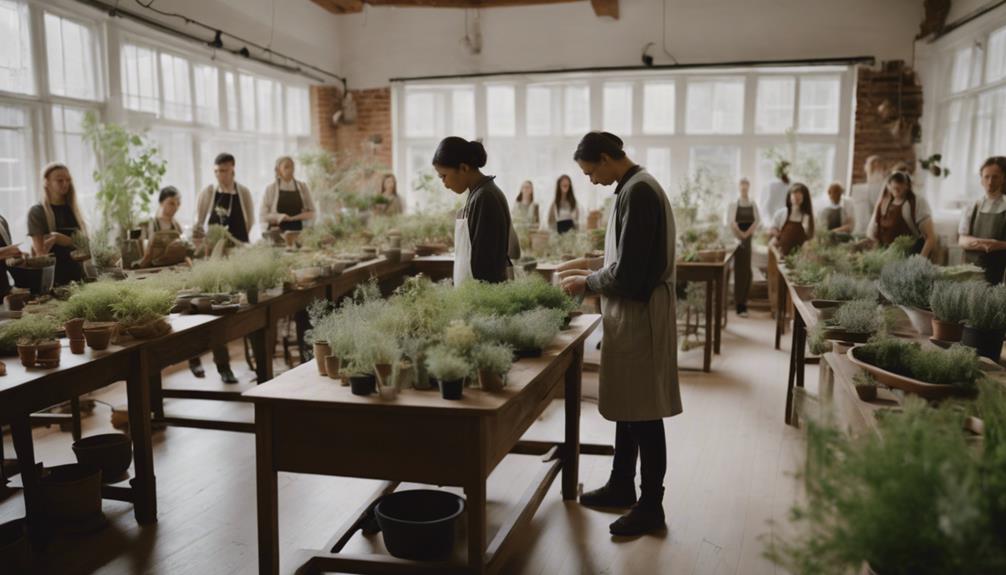
By leading hands-on training sessions, we empower students to develop the practical skills they need to identify, prepare, and administer herbal remedies effectively. As herbalism trainers, we conduct these sessions to teach students how to identify and use various herbs and plants for medicinal purposes.
We demonstrate proper techniques for preparing herbal remedies, including making tinctures, teas, and salves, and provide guidance on dosage, administration, and potential side effects of different herbs to guarantee safe and effective use. This hands-on experience is essential for students to develop the skills they need to provide primary health care in their communities.
By incorporating traditional knowledge and modern research in herbalism, we educate students on the principles and applications of herbal medicine. Our training sessions also offer practical experience in growing and harvesting medicinal herbs, emphasizing sustainable and ethical practices.
Developing Curriculum and Lesson Plans
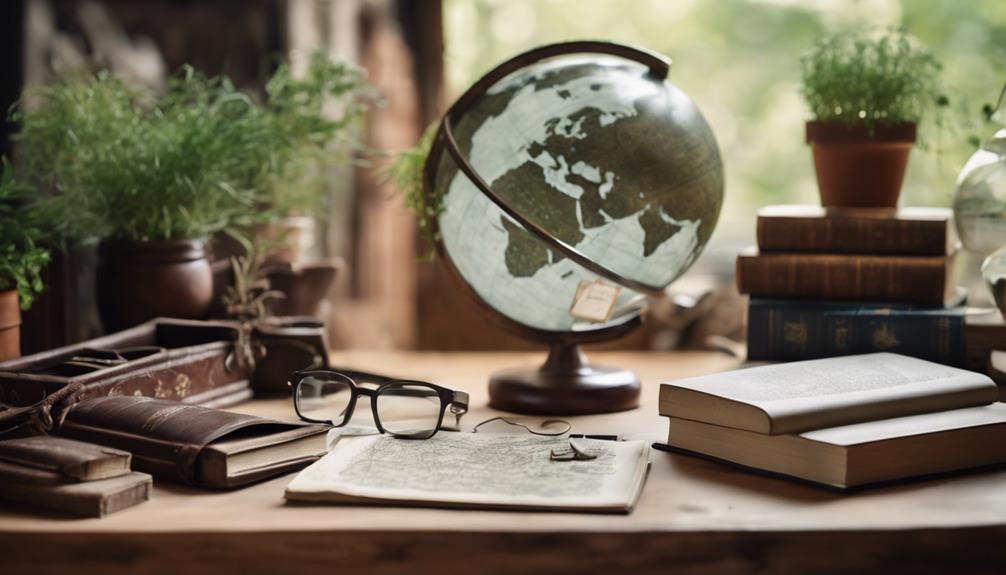
As herbalism trainers, we recognize the importance of developing a thorough curriculum and lesson plans that effectively convey our knowledge to students.
When setting learning objectives, we must identify clear goals for our students to achieve, ensuring they grasp the foundational principles of herbalism.
Setting Learning Objectives
We develop our herbalism training program by setting specific, measurable, achievable, relevant, and time-bound (SMART) learning objectives that outline what students will accomplish throughout the course. This important step helps us create a clear roadmap for our students' learning journey. By setting well-defined objectives, we guarantee that our students understand what's expected of them and can focus their efforts on achieving the desired outcomes.
Here are three essential aspects of our learning objectives:
- Clear outcomes: We define what students will be able to do or know by the end of the course.
- Measurable progress: We establish criteria to assess students' progress and achievement.
- Relevant skills: We focus on teaching skills and knowledge that are relevant to real-world herbalism practices.
Structuring Herbalism Courses
To develop a thorough herbalism training program, we design a structured curriculum that integrates theoretical foundations with practical applications, guaranteeing students gain a deep understanding of herbalism principles and practices. This holistic approach enables students to become proficient in herbalism, ultimately benefiting health care providers and their patients.
When structuring our herbalism courses, we consider the level of expertise of our students, whether beginners or advanced practitioners. We create lesson plans that incorporate hands-on experience with herbs, including harvesting, preparing, and using them for various health conditions. Our curriculum covers essential topics like plant identification, herbal remedies, and their applications.
We also emphasize ethical considerations, safety guidelines, and legal regulations surrounding herbal practices. By doing so, we ensure our students are well-equipped to provide high-quality care to their clients. Our systematic approach to curriculum development enables students to develop a deep understanding of herbalism, preparing them for successful careers in the health care industry.
Mentoring Students in Clinical Settings
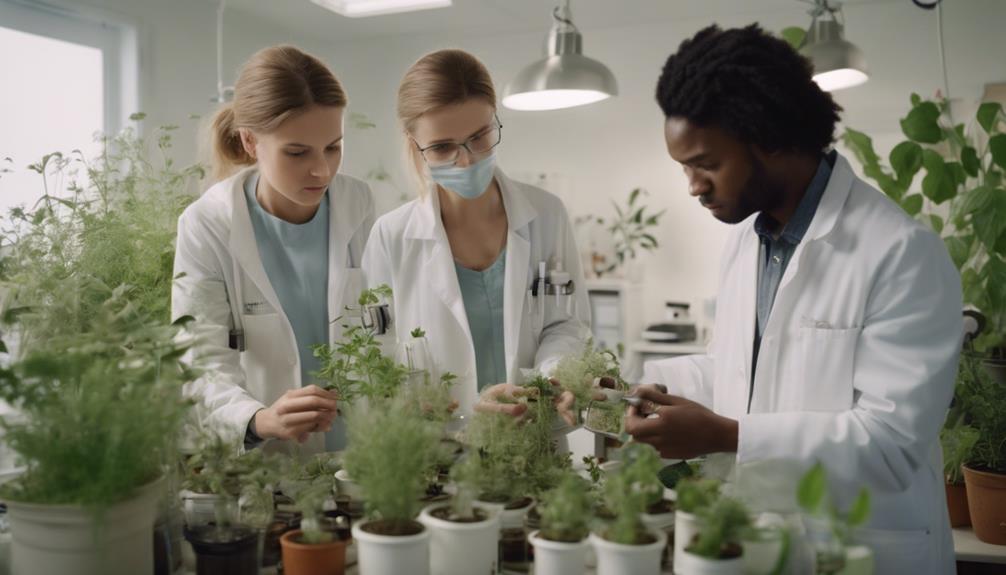
In clinical settings, we mentor students, providing them with hands-on experience in working with patients and applying herbal knowledge to real-life cases. As herbalism trainers, we guide students in developing treatment plans, overseeing their consultations to guarantee proper assessment and herbal remedy selection. We offer constructive feedback and guidance to help them refine their diagnostic and treatment skills.
Our role in shaping the future of herbalists is vital, as we share our expertise and experience in clinical practice. We're committed to upholding the standards set by organizations like the American Herbalists Guild, ensuring our students receive thorough training.
Here's a snapshot of our mentoring process:
- Guided consultations: We supervise students as they work with patients, providing feedback on their assessment and treatment techniques.
- Real-life case studies: We use real patient cases to illustrate the application of herbal knowledge, helping students develop critical thinking skills.
- Individualized feedback: We offer personalized guidance, helping students identify areas for improvement and develop their unique approach to herbalism.
Facilitating Herbalism Workshops and Seminars
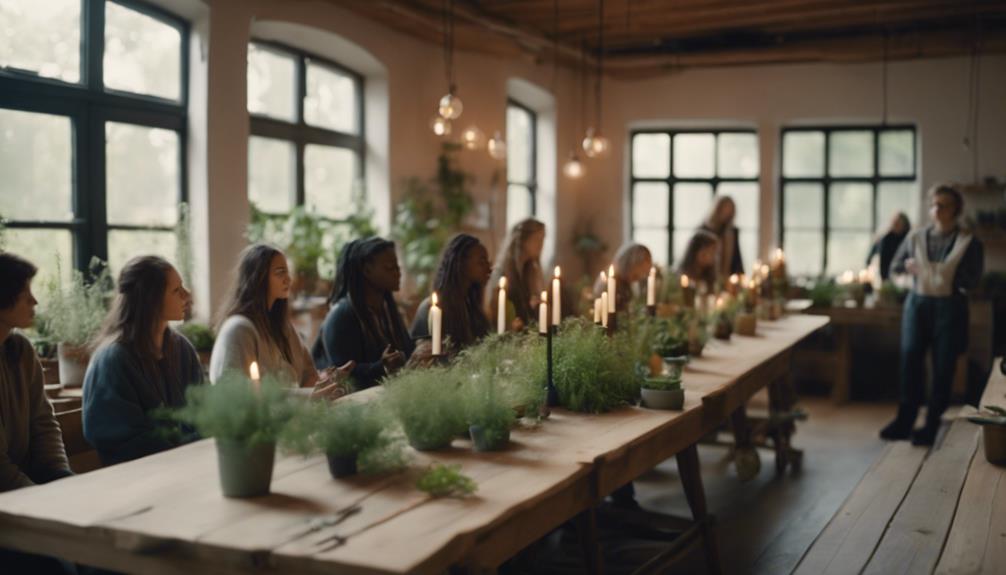
As herbalism trainers, we facilitate workshops and seminars to empower individuals with the knowledge and skills to harness the healing power of herbs and plants. We believe that by sharing our expertise, we can promote health and wellness in our communities.
Our workshops cover a range of topics, from plant identification and harvesting techniques to herbal medicine preparation and sustainable practices. We provide hands-on training in preparing teas, tinctures, and salves, giving participants the confidence to create their own remedies.
We also educate on how to incorporate herbal remedies into daily routines to address common health concerns and promote overall wellness. Additionally, we emphasize the importance of herbal safety, dosage, and interactions with other medications to promote safe and effective use of herbal remedies.
Evaluating Student Progress and Competency
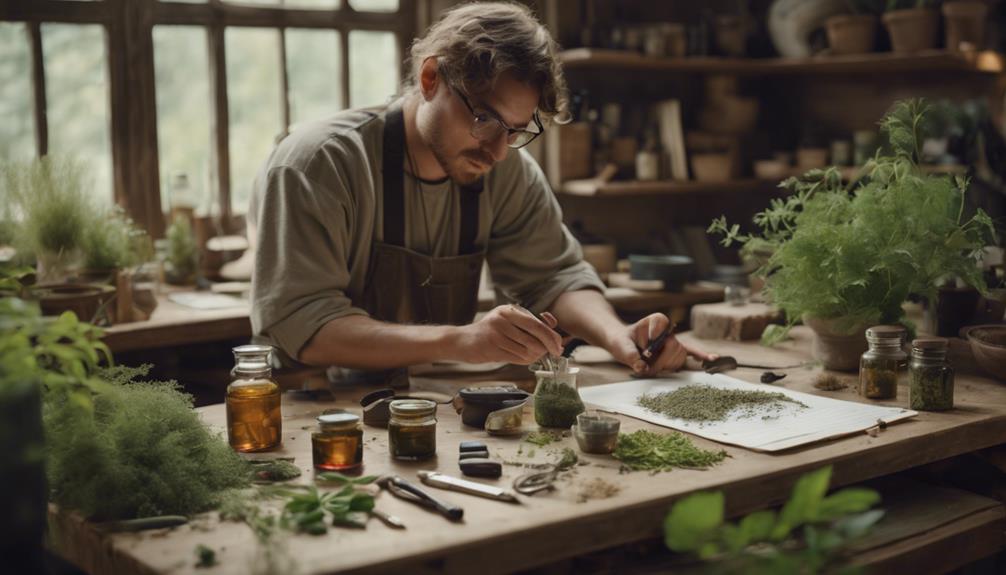
We assess student progress and competency through a combination of practical exams, written tests, and hands-on demonstrations that evaluate their mastery of herbalism concepts and techniques. As herbalism trainers, we take great care in evaluating our students' understanding of herbal medicine to make sure they provide quality care to their future clients.
To gauge competency, we use a multifaceted approach:
- Practical exams: Students demonstrate their ability to identify different herbs, prepare herbal remedies, and demonstrate proper usage.
- Written tests: Students showcase their knowledge of herbalism concepts, theories, and principles.
- Hands-on demonstrations: Students apply their skills in real-world scenarios, showcasing their mastery of herbalism techniques.
Through observation and feedback, we measure student progress against learning objectives and industry standards to ensure proficiency. We provide constructive feedback and guidance to help students improve their skills and knowledge in herbal medicine, ultimately enabling them to provide excellent care to their clients.
Frequently Asked Questions
What Are the Duties of a Herbalist?
As herbalists, we diagnose patients by considering their medical history, lifestyle, and dietary choices. We develop personalized herbal treatment plans, which may include Ayurvedic medicine, and obtain patient consent before prescribing remedies.
Our duties involve working as primary or secondary healthcare providers, offering natural alternatives to traditional medicine. We may work as native healers, scientists, naturopaths, holistic doctors, herbal pharmacists, or consultants, providing holistic care to our patients.
What Is Herbal Training?
We define herbal training as the educational process where individuals learn about the properties, uses, and benefits of various herbs and plants. This training involves hands-on experience in identifying, harvesting, and preparing herbs for medicinal purposes, covering topics like herbal safety, dosage guidelines, and potential interactions with medications.
Our goal is to equip students with a profound understanding of traditional and modern herbal practices for peak health and wellness.
What Skills Does a Herbalist Need?
Did you know that approximately 80% of the global population relies on herbal remedies for primary healthcare?
As we explore the skills required to become a herbalist, we find that a strong foundation in botany is essential for identifying and understanding plant properties.
Excellent communication skills are also important for educating clients, while critical thinking and a deep grasp of human anatomy, physiology, and pathology are necessary for developing personalized treatment plans.
What Is the Description of Herbalism Treatment?
As herbalism practitioners, we acknowledge that herbalism treatment involves using natural herbs and plants to promote health and treat various ailments.
As professionals, we consider patients' medical history, lifestyle, and dietary choices to develop personalized herbal plans.
Remedies may include Ayurvedic medicine and other traditional healing practices, offering alternative treatments to conventional medicine.
Conclusion
As herbalism trainers, we've come full circle, embracing the multifaceted role that defines our profession. Coincidentally, our responsibilities mirror the intricate balance of herbalism itself – a delicate blend of art and science.
By educating, guiding, and mentoring, we empower the next generation of herbalists to cultivate a deeper understanding of the ancient practice, ultimately fostering a harmonious relationship between humans and nature.

